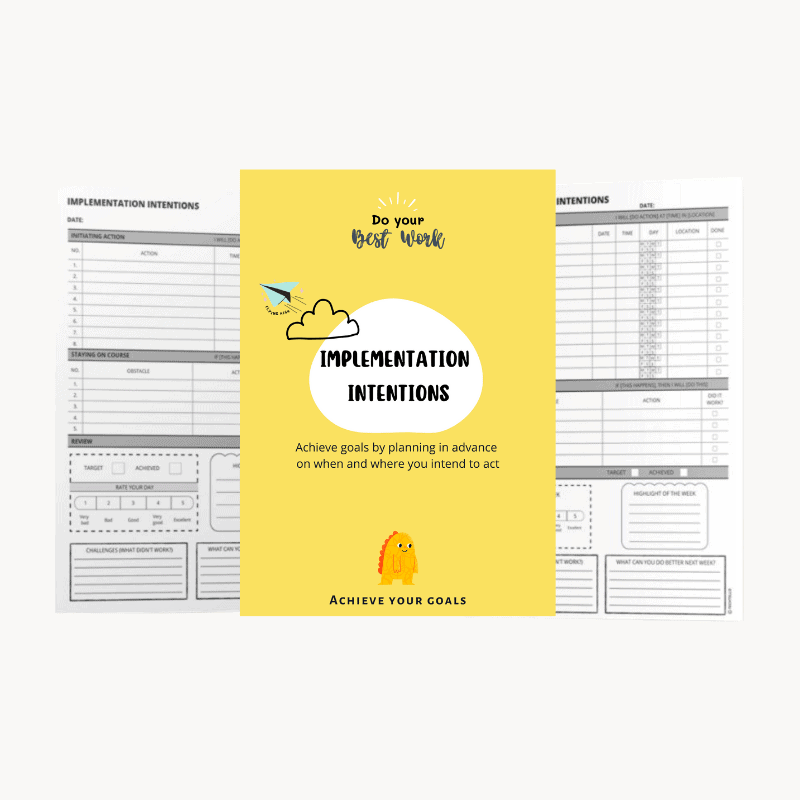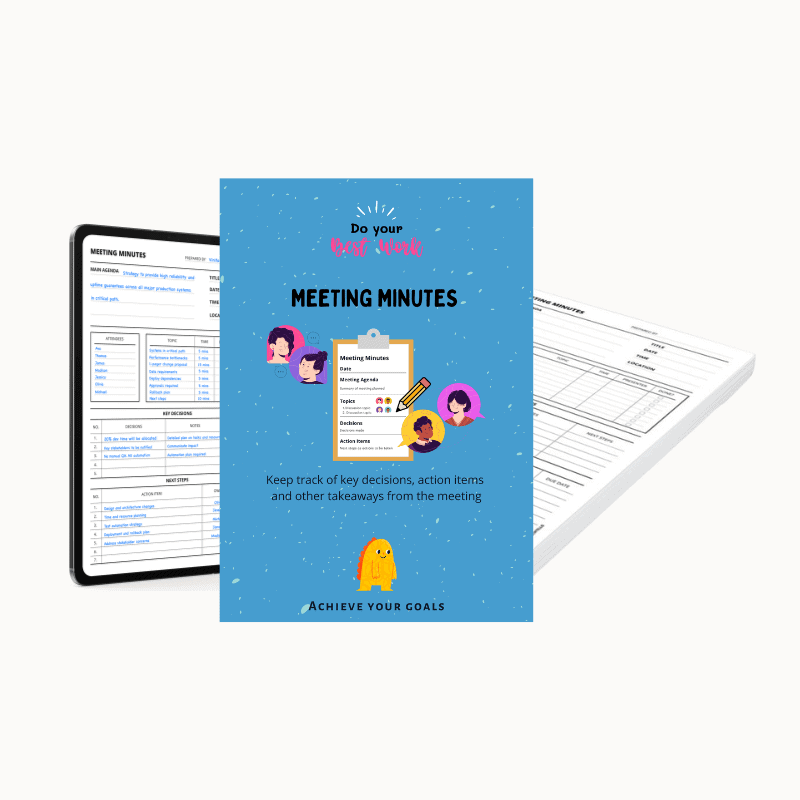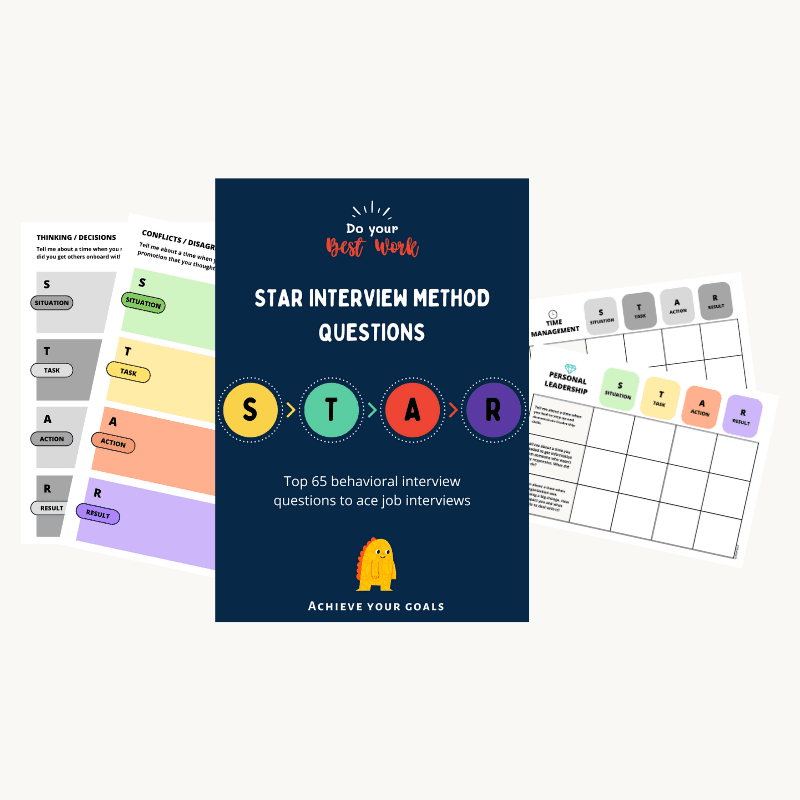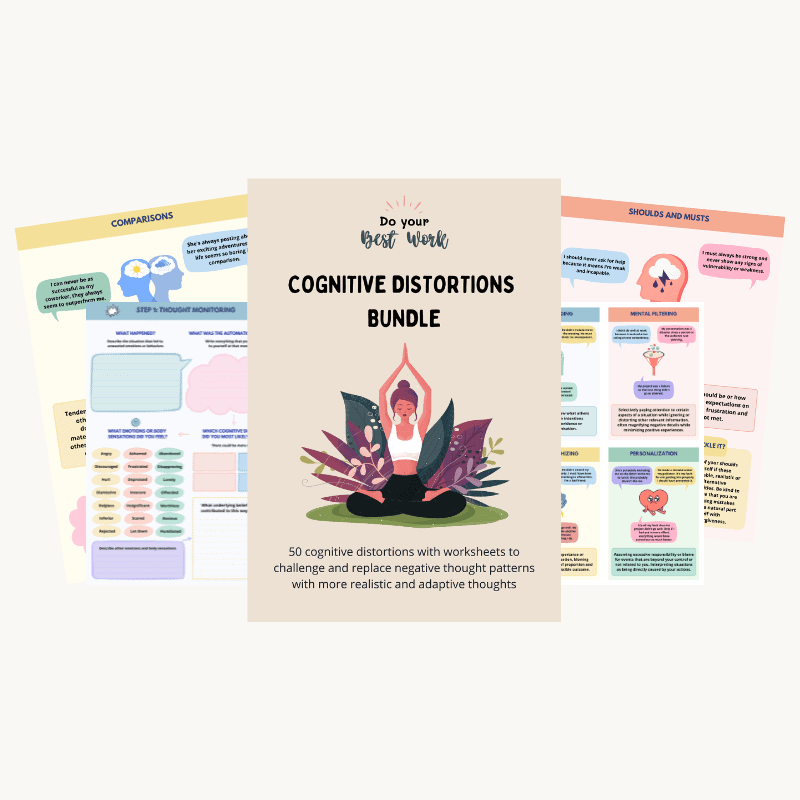Give Feedback That Builds, Not Breaks
Managers worry about the performance of their team members all the time―who’s doing well, who isn’t performing and what can be done to make them excel? They understand that feedback is the perfect tool to bridge the gap between expectations and performance. This makes some managers overly enthusiastic about sharing their critique―they either speak too much at once or give feedback way too frequently. Too much feedback can feel like drinking from a firehose―it overwhelms your team, dilutes the message and critical feedback gets lost in the noise. On the other extreme are managers who say too little or go silent. When giving feedback, the quality of feedback matters as much as its quantity. Feedback can be damaging to a team’s productivity and performance if not delivered well.































































































































